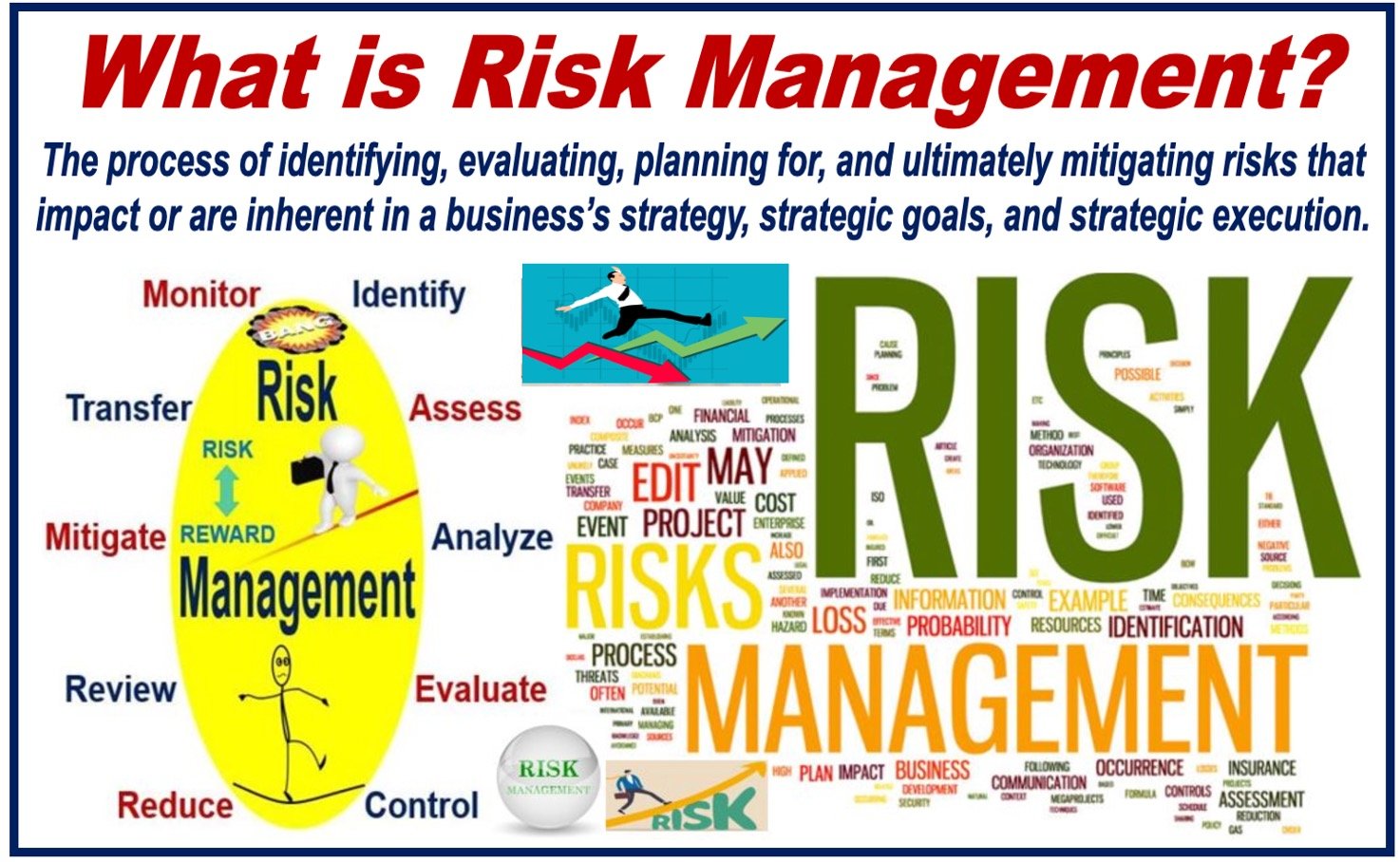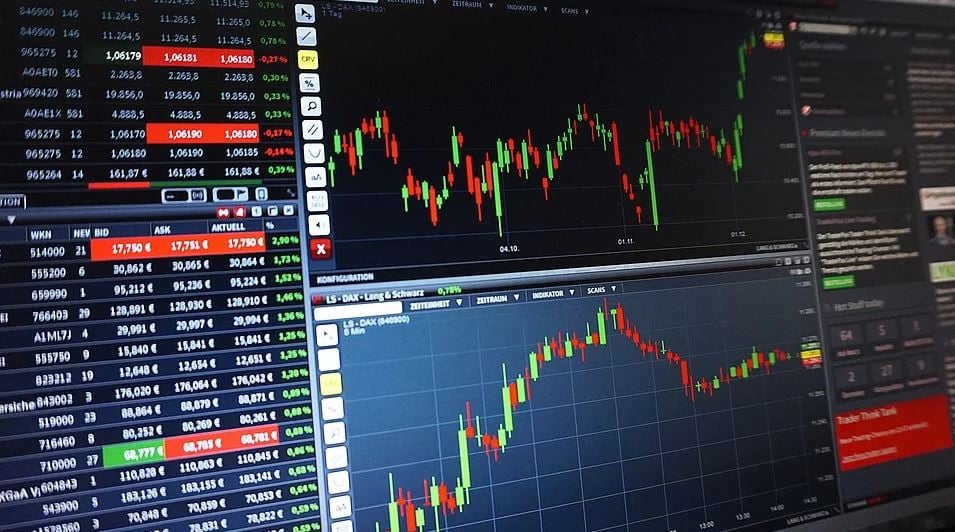In today’s dynamic business environment filled with all sorts of risks, it has never been more important for organizations to have a strategic risk management plan in place. Failure to do so can be calamitous. In fact, according to a FEMA report, 25% of businesses fail to reopen their doors following a disaster.

But if you are prepared, you can come out on top. In this post, we’ll discuss everything you need to know about the risk management process.
What Is Risk Management?
Risk management refers to the process of identifying, evaluating, planning for, and ultimately mitigating risks that impact or are inherent in a business’s strategy, strategic goals, and strategic execution. Simply put, risk management is how an organization handles various uncertain events, including cybersecurity threats and natural disasters. The goal is to be prepared for uncertain events and have a strategic plan to react appropriately.
That said, while risk management doesn’t eliminate all risks, it helps determine the best action to take to optimize the cost-benefit relationship between the reduction of risks and the use of corporate resources.
Why Do Businesses Need Risk Management?
Risk management is a crucial part of your business for a number of reasons, including:
-
It Reduces Uncertainty
Any form of uncertainty is bad for your business. And while risk comes from not knowing what you’re doing, understanding the internal and external aspects of your business is crucial to knowing how to safeguard it. Risk management ensures that various adverse events are accounted for and can be mitigated.
-
It Helps Improve Your Reputation
A sound risk management strategy can help convey a positive message about your organization. Internally, it instills confidence in your employees that they work in a safe place. Externally, it gives your clients the confidence that even when disaster inevitably strikes, you will still be able to deliver to them.
-
It Helps Cut Expenses and Losses
Risks are usually categorized based on how they impact your finances. Income risks are any events that may negatively impact your productivity or service delivery. For instance, a cyber incident may bring your business to a standstill. On the other hand, expense risks are those that raise the cost of your production and other parts of your overhead. For instance, a legislative change can result in an increase in taxation.
Risk management allows you to anticipate these risks and come up with strategies to deal with them well in advance.
The Five-Step Process of Risk Management
Below are the five essential steps of the risk management process:
Step 1: Identify the Risk
The first step in the risk management process is to identify the risks that your business is exposed to in its operating environment, including legal risks, market risks, cybersecurity risks, and so on.
Risk identification is a crucial task that everyone in your organization should take part in. Ask everyone to identify the risks they have encountered before or may have insights about. Upon identifying the risks, use a risk breakdown structure to outline the potential risks according to their level of detail—more granular risks at the bottom and high-level ones at the top.
Step 2: Analyze the Risk
Once the risks have been identified, they need to be analyzed. What is the probability of these risks occurring and how will they impact your business if they do occur?
During the risk analysis stage, your team needs to estimate the probability and repercussions of each risk and decide where to focus first. To accurately analyze the risks, factors such as potential financial loss, the severity of the impact, time lost, and the availability of the resources to mitigate the risks should be considered.
Step 3: Evaluating the Risk
Upon thoroughly analyzing the risks, they need to be ranked based on their severity, and then prioritized. A risk that may cause major inconvenience to your organization gets a higher rating while that which will cause considerably low inconvenience gets a lower rating. Your business may be vulnerable to numerous low-level risks that may not require the intervention of upper management. Conversely, just one high-level risk may require immediate intervention.
You can either use qualitative risk assessment or quantitative risk assessment to evaluate the risks.
Step 4: Treat the Risks
Once the risks have been prioritized, the next step is to dispatch a treatment plan. Starting with high-level risks first, your team should either contain or entirely eliminate the risk so that it is no longer a threat to your organization. The risk treatment can either be done manually or by using a risk management solution.
Step 5: Monitor and Review the Risks
The risk management process doesn’t end with the treatment of the risks. It’s essential to monitor the risks after treating them. After all, not all risks can be eliminated. Risk monitoring and review entail keeping an eye on risks to determine how effectively the treatment has minimized them. As such, it helps ensure that the risks don’t occur again and gives you insights into protecting your organization from similar threats.














